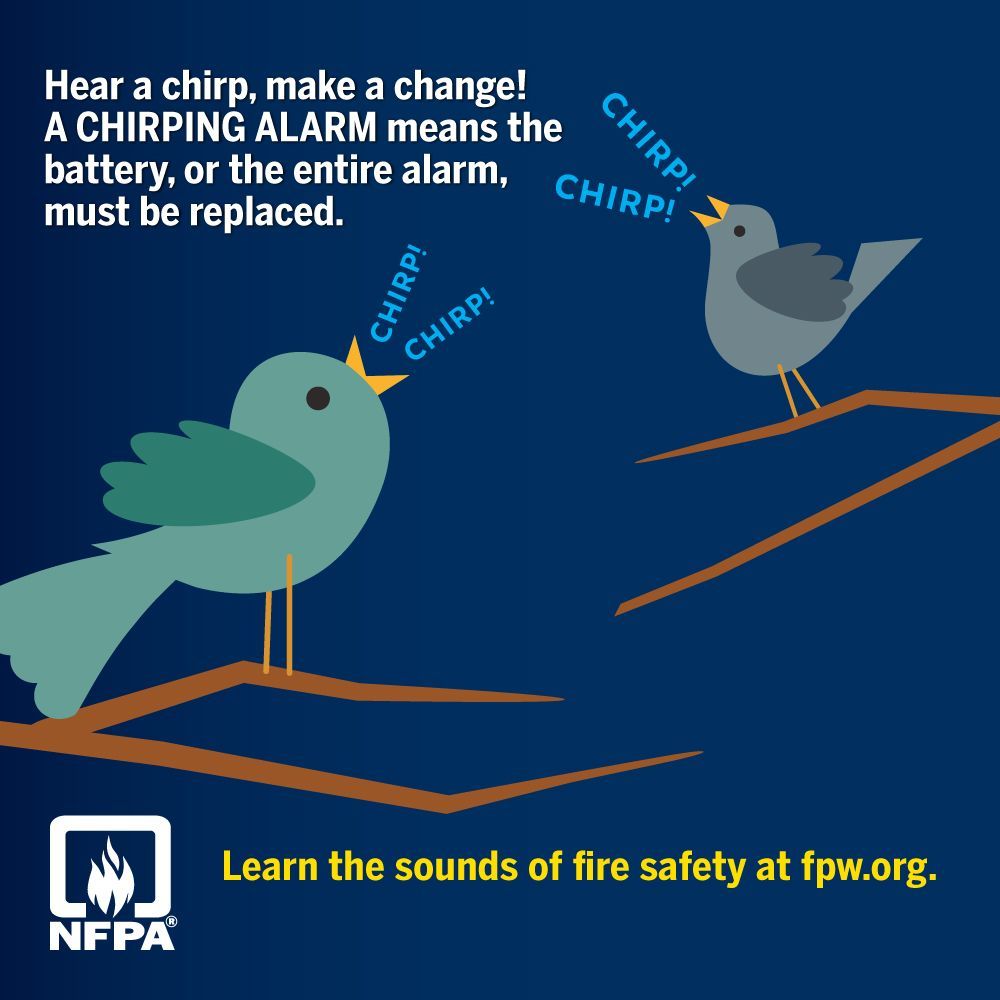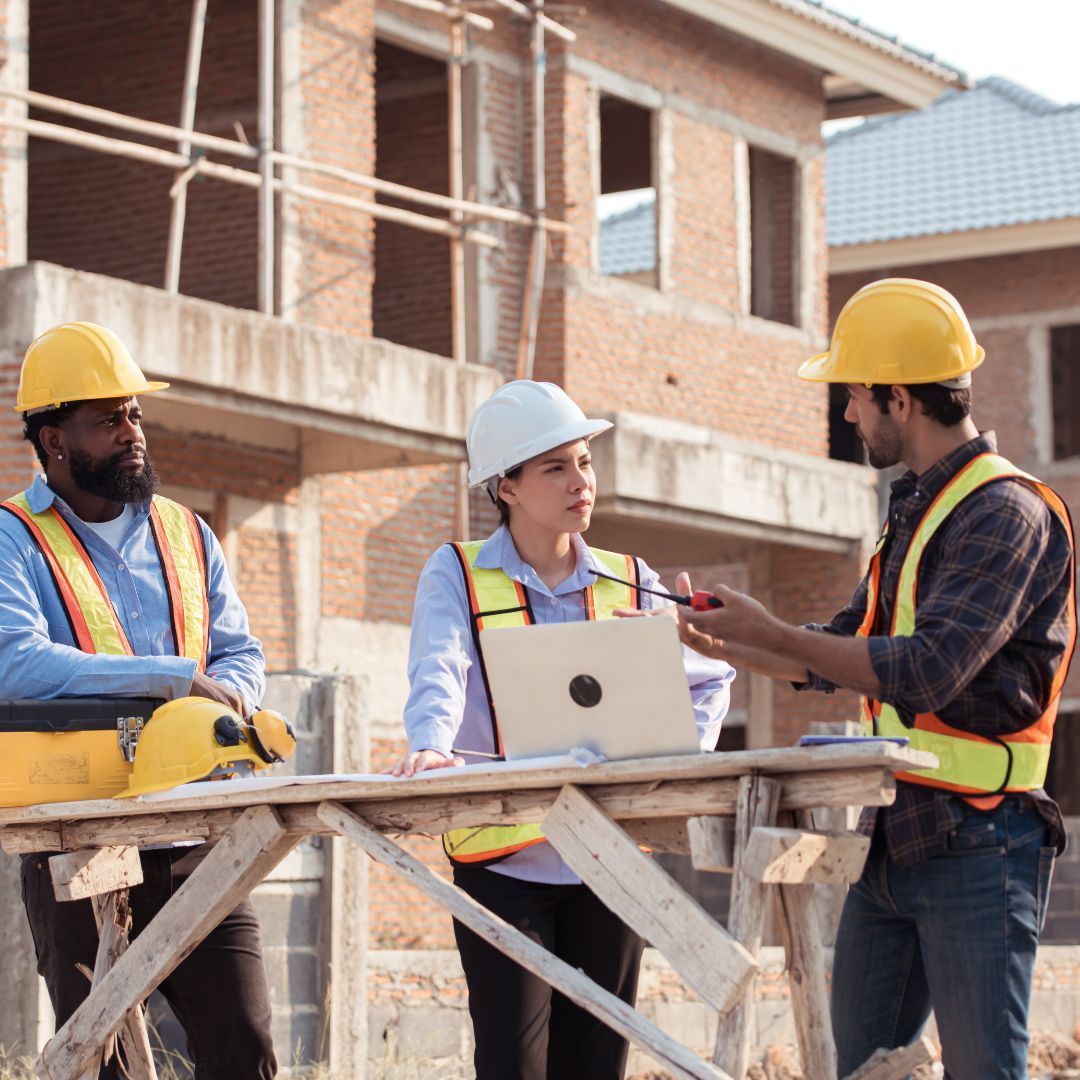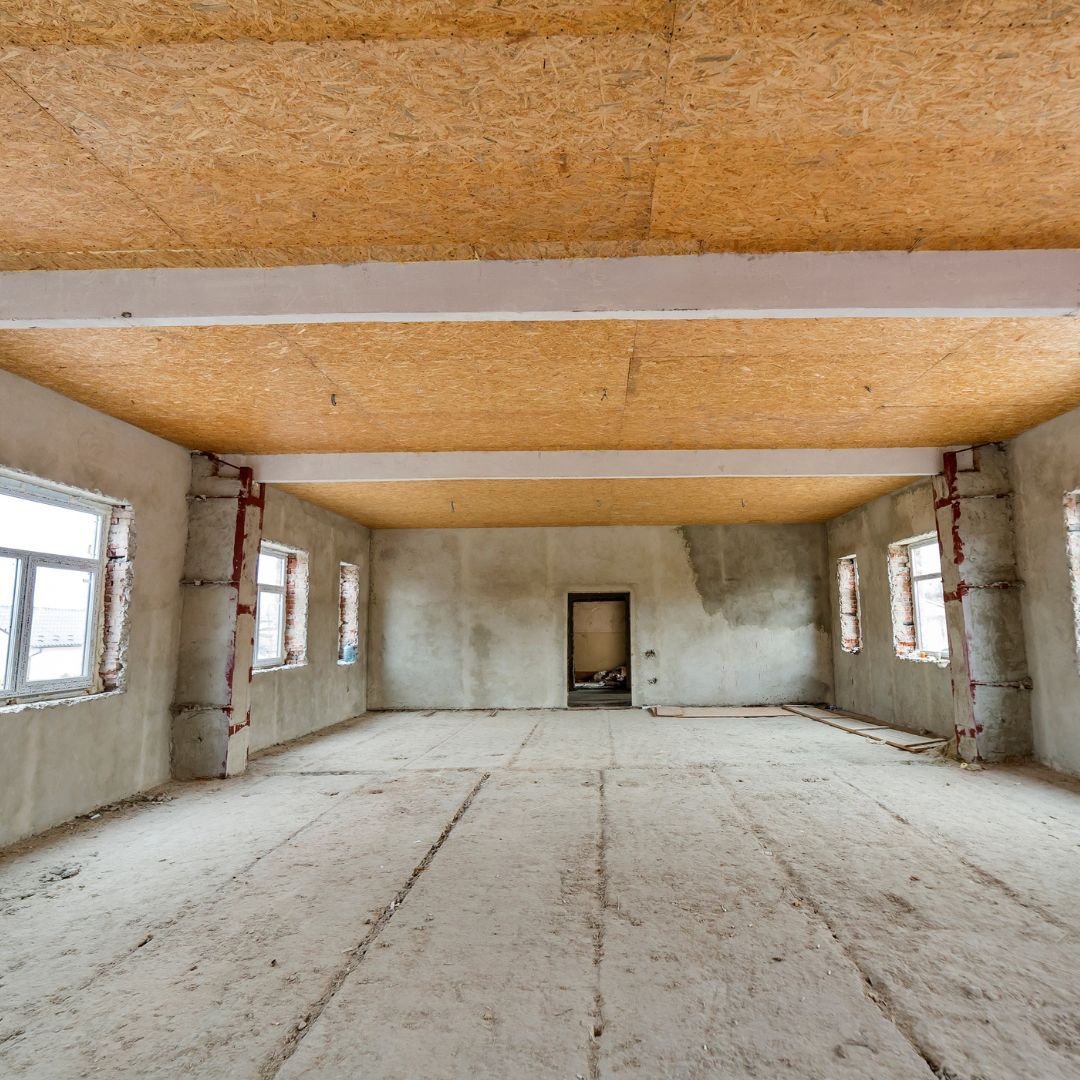The Sounds of Fire Safety
See How We're Different
or call us: 303-834-1001
Every October, we like to take time to focus on fire prevention. Since 1922, the National Fire Protection Association (NFPA) has sponsored a weeklong initiative to educate the public about fire safety. This year’s campaign, “ Learn the Sounds of Fire Safety !” focuses on understanding the different sounds that smoke and carbon monoxide alarms make.
Knowing what to do when an alarm sounds will keep you and your family safe. When an alarm makes noises – a beeping sound or a chirping sound – you must take action.
What is your alarm telling you?

Smoke Alarms
- A continued set of three loud beeps—beep, beep, beep—means smoke or fire. Get out, call 9-1-1, and stay out.
- A single “chirp” every 30 or 60 seconds means the battery is low and must be changed.
- All smoke alarms must be replaced after 10 years.
- Chirping that continues after the battery has been replaced means the alarm is at the end of its life and the unit must be replaced.
Carbon Monoxide (CO) Alarms
- A continuous set of four loud beeps—beep, beep, beep, beep—means carbon monoxide is present in your home. Go outside, call 9-1-1 and stay out.
- A single chirp every 30 or 60 seconds means the battery is low and must be replaced.
- CO alarms also have “end of life” sounds that vary by manufacturer. This means it’s time to get a new CO alarm.
- Chirping that continues after the battery has been replaced means the alarm is at the end of its life and the unit must be replaced.
Make sure your smoke and CO alarms meet the needs of everyone in your home, including those with sensory or physical disabilities.
- Install a bedside alert device that responds to the sound of the smoke and CO alarms. Use of a low frequency alarm can also wake a sleeping person with mild to severe hearing loss.
- Sleep with your mobility device, glasses, and phone close to your bed.
- Keep pathways like hallways lit with night lights and free from clutter to make sure everyone can get out safely
In a fire, mere seconds can mean the difference between a safe escape and a tragedy. Fire safety education isn’t just for school children. Knowing the sounds of fire safety can save you, your home, and your family. In case you missed it, check out last year’s blog post about fire prevention at work and at home in the kitchen.
The post The Sounds of Fire Safety appeared first on Pure Risk Advisors.













